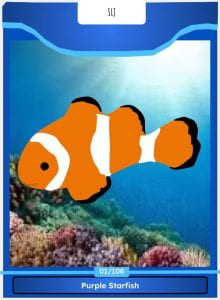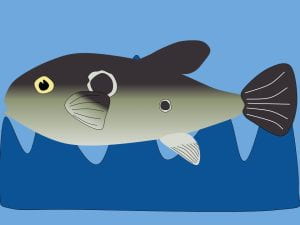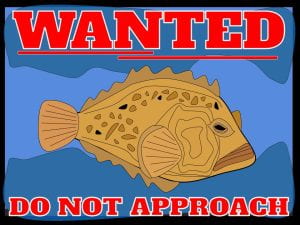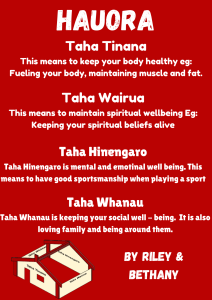
We have been using PapyrusAI to help us write a Narrative. PapyrusAI is a generative AI which creates things from looking at patterns in our word choices and then makes predictions using a LLM (Large Language Model). We combined the story of the Little Red Riding Hood and the Snow White to create a new fairytale using PapyrusAI. I really like how it gave feedback on what I needed to improve on and added suggestions of ideas we might want to use in our narrative.
Snow White and the Little Red Riding Hood’s First Meeting
Once upon a time, there was a girl named Little Red Riding Hood who lived in a village near a forest with her mother. Little Red Riding Hood planned to go to her grandma’s house and visit the queen today. She grabbed her red hood and headed outside.
On the way, she saw a beautiful princess named Snow White, who was with a hunter. Curiously, Little Red Riding Hood hid in the bushes to watch. Soon, the hunter emerged from the forest, carrying a heart. Shocked, Little Red Riding Hood rushed over to Snow White. Snow White was all right, but she needed a place to live, so Little Red Riding Hood suggested that she live with the dwarfs. They both headed towards the dwarfs’ house. Although Little Red Riding Hood knew she needed to visit her grandma, helping Snow White seemed more important. With that thought, she changed her path and guided Snow White to the dwarfs’ home.
Snow White was so thankful that she took out a bag of diamonds and pearls as a gift. Little Red Riding Hood shouted with joy, “Thank you so much! This is wonderful!” She was overwhelmed with happiness.
On their way, they suddenly encountered the big bad wolf. Startled, Little Red Riding Hood and Snow White ran as fast as they could. Realising the dwarfs’ house was too far, they decided to dash towards Little Red Riding Hood’s grandma’s house instead.
Once inside, they discovered that the dwarfs were visiting grandma because she was ill. The dwarfs quickly used their diamonds from the mine to barricade the door against the wolf. Little Red Riding Hood and Snow White slept peacefully while the dwarfs took turns guarding the door. The wolf came back a few times, banging on the door, hungry and determined. The dwarfs, however, were ready. They had devised a plan to scare him away once and for all. Just as the wolf tried to force his way in again, the dwarfs made loud noises with pots and pans. Little Red Riding Hood and Snow White, awakened by the ruckus, joined in, adding to the commotion that echoed through the forest. Frightened by the unexpected racket, the wolf finally realised he was outnumbered and retreated into the woods.
With the wolf gone, everyone breathed a sigh of relief. They high-fived one another and shared a laugh, grateful for their teamwork and the safety it brought them. Morning dawned bright and peaceful, and they all felt closer than ever.
Little Red Riding Hood said her goodbyes and headed towards the castle to meet the queen. When she arrived, the doors were closed. Her grandma had packed her a meal for the journey, but she wasn’t hungry, so she left it on the doorstep and continued on her way. As she walked, she passed by the dwarfs’ house and noticed an old lady talking to Snow White. Curious, she approached them and accidentally spilled water from her bottle onto the old lady. Suddenly, smoke rose from the old lady, revealing that she was actually the queen in disguise.
Little Red Riding Hood realised that the queen was there to take Snow White’s life, so she pushed the queen to the side and hurried off to her mother’s house with Snow White. From that day on, Little Red Riding Hood and Snow White became good friends, and they both learned to be cautious, trusting no one they didn’t know well.








